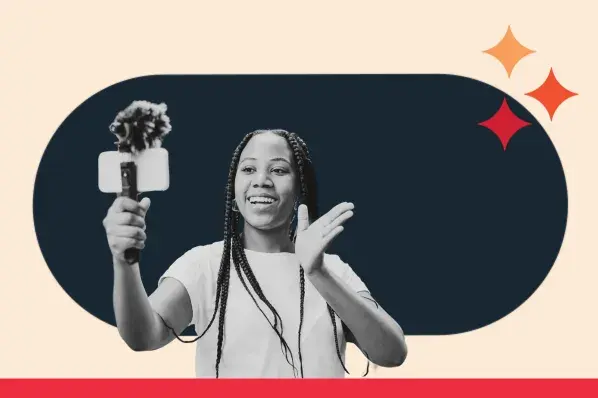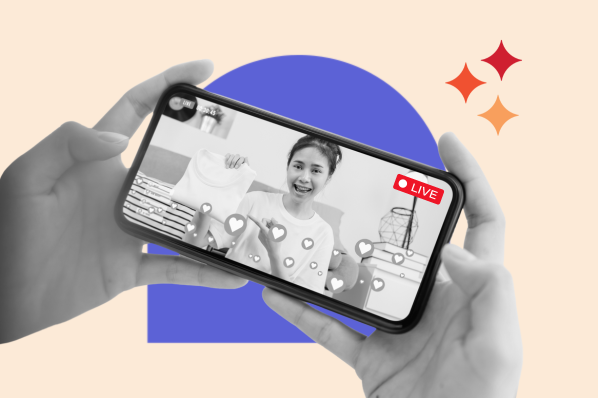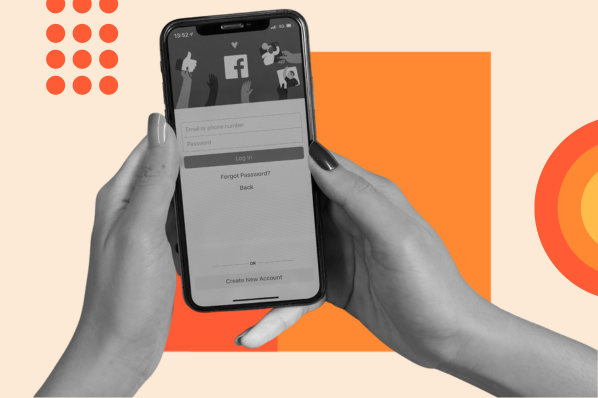Facebook can be a great channel for spreading your content to a huge and active audience, but only if your content gets seen. Posting a video or a status update doesn't matter if no one sees it.
Note: this article is based on a presentation I did for Social Fresh Tampa earlier this week. Check out the slides and resources here.
What is "News Feed Optimization"?
The news feed is the #1 most visible real estate on Facebook. It is customized to each user based on their network and their patterns of activity, like which of their friends they interact with the most. The news feed shows the top posts from a user's network, filtering out more than 99% of content. So, the question is, how do you make sure your content makes it into that <1% of content securing real estate in the news feed?
Facebook's Algorithm: EdgeRank
Facebook, unlike the super-secret Google, has shared their algorithm for ranking content on Facebook and filtering what appears in the news feed. The algorithm consists of three components:
1. Affinity - the number of times 2 people (or a person and a page) have interacted
2. Weight - the number of times users have interacted (commented, liked) with the content in question
3. Recency - the time since the content was posted, note that Facebook moves and changes very quickly, and my news feed, for example, never has content more than 24 hours old.
Free Lookbook: 50 Facebook Ad Examples That We Actually Clicked
20 Tips to Get Your Content Seen on Facebook
With the understanding of how Facebook ranks and filters content, what can you do to make sure your content makes the cut? Here are 20 ideas.
- Post a variety of content to attract interactions from a higher percentage of your users, raising your affinity score.
- Focus on positive and fun content on Facebook. Sex sells.*
- Talk about Facebook - Facebook is the number one most shareable topic on Facebook.*
- Respond to comments that your fans post on your content to increase the number of interactions per post.
- Respond to comments that your fans post on your wall to increase your affinity score.
- Experiment with targeting posts to get a higher feedback score (percentage of impressions that turn into interactions).
- Post regularly, but not too frequently (more than once a day) to give each post a good chance of gaining traction.*
- Post content outside of main work hours - Facebook users interact more when they're off the clock.*
- Include images on blog posts you publish to create a more eye-catching post.
- Don't forget to write an appealing meta description for any links you post, because Facebook automatically pulls this in for links.
- Use share links on your blog articles and landing pages to encourage users to post your content directly.
- Integrate landing pages within Facebook to get higher conversion rates - Facebookers don't like to leave Facebook.
- Post videos directly instead of links to articles with videos, so users can watch the video within Facebook.
- Include links in video descriptions to drive traffic back to your website.
- To share photos but protect your copyright and get better analytics, use Flickr integrated with your Facebook account.
- To share photos for maximum interactions, post photos directly to Facebook .
- Refrain from using complex language or jargon in your posts for maximum response.*
- Ask questions and specifically ask for feedback from your fans.
- Use Facebook Insights to measure which content performs the best on your specific page.
- Encourage user-generated content , including user-created photos, comments, or links.
*Source: 5 Questions and Answers About Facebook Marketing
For more information about marketing with Facebook, check out our ebook, How to Use Facebook for Business!
Have other ideas to optimize your content posts on Facebook? Share them in the comments below!
Photo Credit: MailChimp®

Facebook Marketing
.png?width=112&height=112&name=Image%20Hackathon%20%E2%80%93%20Vertical%20(6).png)







![22 Facebook Stats to Know in 2023 [+HubSpot Data]](https://53.fs1.hubspotusercontent-na1.net/hubfs/53/Untitled%20design%20(8)-1.jpg)
![How to Create a Facebook Group for Your Business [+ Why You Should]](https://53.fs1.hubspotusercontent-na1.net/hubfs/53/Copy%20of%20Featured%20Image%20Template%20Backgrounds-Jun-30-2023-05-58-51-2746-PM.png)
![Facebook Insights: A Beginner's Guide [+ Step-by-Step Instructions]](https://53.fs1.hubspotusercontent-na1.net/hubfs/53/Untitled%20design%20(38).jpg)

![11 Facebook Cover Photo Size & Design Best Practices [Templates]](https://53.fs1.hubspotusercontent-na1.net/hubfs/53/facebook%20cover%20photo%20size.jpg)